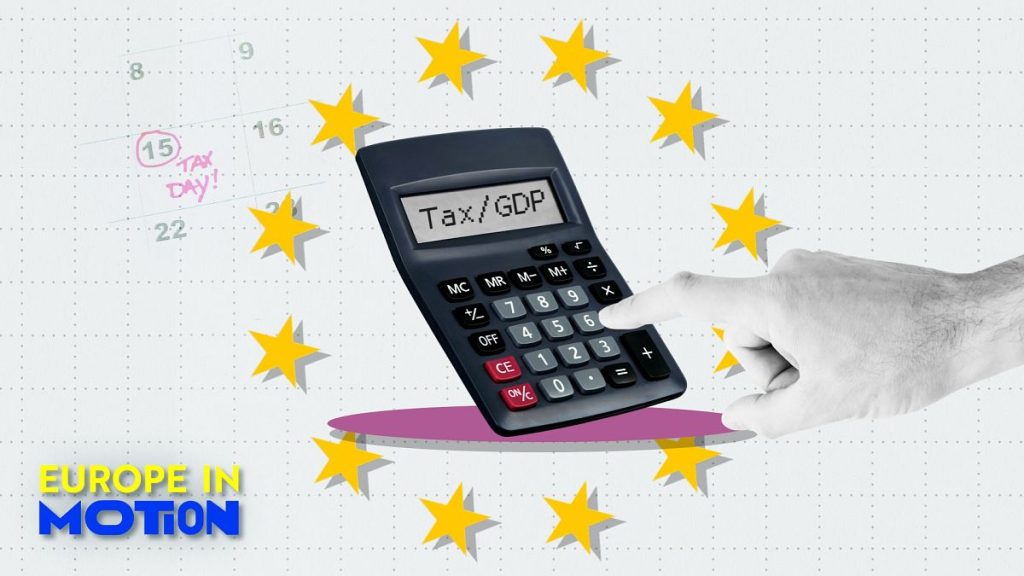In 2023, the Tax-to-GDP ratio in the European Union experienced a slight decline compared to the previous year. However, there were significant variations in trends among different countries. The Tax-to-GDP ratio represents the weight of taxes and net social contributions on a country’s gross domestic product. France had the highest ratio at 45.6%, followed by Belgium at 44.8% and Denmark at 44.1%. On the opposite end of the spectrum, Ireland reported the lowest ratio at 22.7%, followed by Romania at 27.0% and Malta at 27.1%. The EU average for 2023 was 40%, which was only 0.7% lower than the previous year.
Despite the overall decline in the EU’s Tax-to-GDP ratio, there were 11 countries where the ratio increased between 2022 and 2023. Cyprus saw the biggest increase at 2.9%, followed by Luxembourg at 2.6%, Ireland at 1.6%, and Denmark at 1.5%. Conversely, Greece experienced a decrease of 2.1% in their ratio, while France and Germany both saw reductions of 2% and 1.4%, respectively. In total, 12 EU countries recorded a decrease of at least 0.1% in their Tax-to-GDP ratio. Within the eurozone, the ratio also decreased to 40.6% in 2023, down from 41.4% the previous year.
The varying trends in the Tax-to-GDP ratio across EU countries reflect differences in tax policies and economic performance. Countries with higher ratios like France and Belgium may have more extensive social welfare programs that require higher tax revenue. On the other hand, countries with lower ratios like Ireland and Romania may have lower tax burdens due to different policy priorities or economic structures. The fluctuations in the ratio between 2022 and 2023 indicate changes in tax policies or economic conditions that impacted overall tax revenues.
The Tax-to-GDP ratio is an important indicator of a country’s fiscal health and capacity to fund public expenditures. A higher ratio may signal a larger tax burden on citizens and businesses, while a lower ratio could indicate challenges in funding essential services. The EU average Tax-to-GDP ratio of 40% suggests that taxes and social contributions play a significant role in financing public expenditures across member states. Understanding the factors influencing variations in this ratio can provide insights into the effectiveness of tax policies and their impact on economic growth and social welfare.
Policy makers and economists closely monitor changes in the Tax-to-GDP ratio to assess the sustainability of government finances and the overall health of the economy. Countries that experience significant fluctuations in their ratio may need to adjust tax policies or public expenditures to ensure long-term fiscal stability. By analyzing the trends in the Tax-to-GDP ratio across different countries, policymakers can identify best practices and potential areas for reform to enhance economic growth and social welfare. Continued monitoring and analysis of this key indicator will be essential for promoting fiscal responsibility and sustainable development in the EU.













